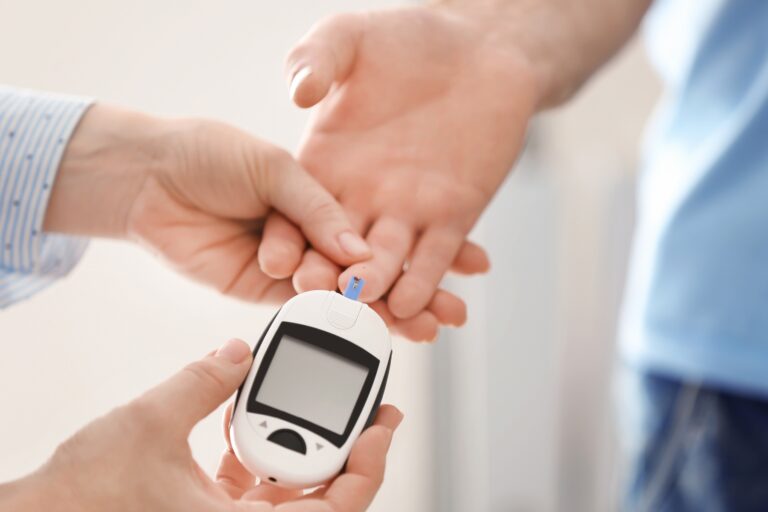 Uterine fibroids, also called myomas, are smooth, benign tumors that often appear during childbearing years. Many women have them sometime during their lives but usually they don’t know because there are often no symptoms.
Uterine fibroids, also called myomas, are smooth, benign tumors that often appear during childbearing years. Many women have them sometime during their lives but usually they don’t know because there are often no symptoms.
Myomas are composed partly of muscle tissue. They seldom develop in the cervix, the lower part of the uterus. When they do, they are usually accompanied by myomas in the larger upper part of the uterus. Myomas in this part of the uterus are also called fibroids.
Most cervical myomas eventually have symptoms.
Symptoms:
- Bleeding, which may be irregular or heavy, and the latter can cause fatigue
- Sexual intercourse can be painful
- Myomas can become infected, then may cause pain and more bleeding
- Heavy menstrual bleeding
- Menstrual periods lasting more than a week
- Pelvic pressure or pain
Diagnosis
Doctors can often detect myomas during a physical examination. If the diagnosis is uncertain, doctors may insert an ultrasound device through the vagina into the uterus to obtain an image of the area. This procedure, called transvaginal ultrasonography, is also done to check for blockage of urine flow and for additional myomas.
Treatment:
If myomas are small and do not cause any symptoms, no treatment is needed. If the opposite, then surgery. If only the myoma is removed, women can still bear children. However, if myomas are large, removal of the entire uterus (hysterectomy) may be necessary.

See your doctor if you have:
- Pelvic pain that doesn’t go away
- Overly heavy, prolonged or painful periods
- Spotting or bleeding between periods
- Difficulty emptying your bladder
Causes:
Doctors don’t know the cause of uterine fibroids, but research and clinical experience point to these factors:
- Genetic changes. Many fibroids contain changes in genes that differ from those in normal uterine muscle cells.
- Hormones. Estrogen and progesterone, two hormones that stimulate development of the uterine lining during each menstrual cycle in preparation for pregnancy, appear to promote the growth of fibroids. Fibroids contain more estrogen and progesterone receptors than normal uterine muscle cells do. Fibroids tend to shrink after menopause due to a decrease in hormone production.
- Other growth factors. Substances that help the body maintain tissues, such as insulin-like growth factor, may affect fibroid growth.
Risk factors
There are few known risk factors for uterine fibroids, other than being a woman of reproductive age. Other factors that can have an impact on fibroid development include:
- Heredity. If your mother or sister had fibroids, you’re at increased risk yourself.
- Race. Black women are more likely to have fibroids than women of other racial groups. In addition, black women have fibroids at younger ages, and they’re also likely to have more or larger fibroids.
- Environmental factors. Onset of menstruation at an early age; use of birth control; obesity; a vitamin D deficiency; having a diet higher in red meat and lower in green vegetables, fruit and dairy; and drinking alcohol, including beer, appear to increase your risk of developing fibroids.
Author: Melinda Hekler
Sourse: https://www.msdmanuals.com, mayoclinic.org




